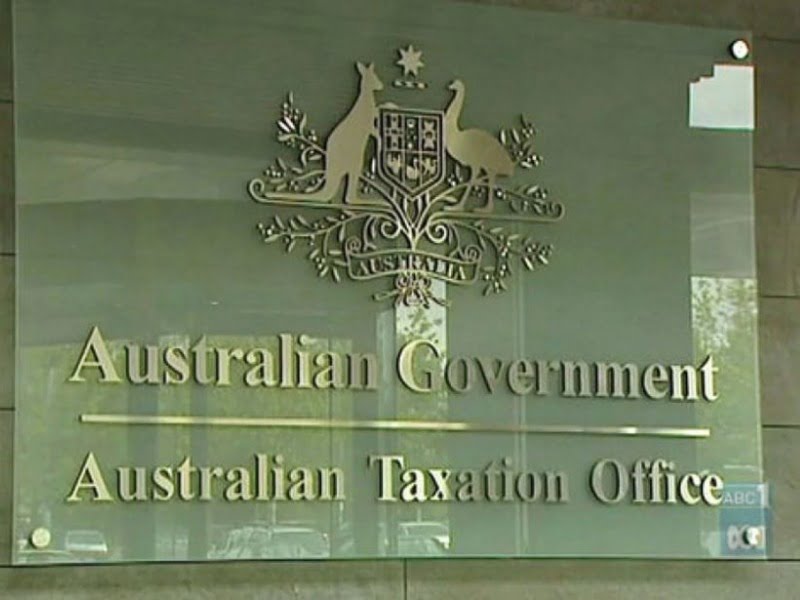A “fully digitalised” tax office remains eight years away, according to Tax commissioner Chris Jordan, who envisions a greater reliance on natural systems for sourcing real-time data.
Mr Jordan said the 2030 vision for the Australian Taxation Office is laid out in a new digital strategy that was recently signed off on by the executive group but yet to be released.
“Put simply, it’s a future where tax ‘just happens’,” he told the Xerocon conference in Sydney last week.
As other large service delivery agencies continue efforts to upgrade their citizen-facing offerings by 2025, Mr Jordan said the ATO – already relatively advanced with online services – would seek to grow its use of natural systems.
“We want businesses and their representatives to be able to interact with us through the software or tools they are already using to run their business and manage their finances,” he said.

The ATO has been increasing its use of natural system for years, with initiatives like Single Touch Payroll (STP) using existing payroll software system to simplify reporting.
“STP is a prime example of Tax 2.0. STP works within existing payroll software systems, so reporting to us happens as part of an employers’ usual payroll process,” Mr Jordan said.
“Once STP is enabled, employers don’t need to take additional steps to report to us. This reduces duplication and record-keeping requirements.”
Moving to Tax 3.0, however, will rely heavily on “seamless, integrated, and automated systems that allow data to flow from the systems taxpayers already use, to ours, without any extra effort”.
“Tax 3.0 is our “north start” – where reporting, payment and real-time compliance checks coincide with the taxable event,” Mr Jordan said.
“The closer we get to real-time, event-based reporting and payment, there is more certainty and less burden for everyone.”
Tax 3.0 will also involve reimagine other systems so that “businesses no longer need to do monthly or quarterly GST reporting”.
“If digital systems can bring together point-of-sale, banking and eInvoicing data at the time of purchase or sale, can their systems report the GST paid or collected to the ATO in real-time too?” Mr Jordan said.
“And if we have this real-time GST system, as well as real-time payroll events coming out of STP software, and real-time PAYGI coming out of accounting software, perhaps we can imagine a BAS-free future. We’re dreaming big, but this is the essence of Tax Admin 3.0.”
The ATO would also look to re-use existing system and “design new systems with re-use in mind”, pointing to the use of STP systems to deliver JobKeeper payments during the early phases of the pandemic.
“We built the system and started making payments within 6 weeks, and 97% of payments were made within 4 business days from application,” Mr Jordan said.
With the increasing digitisation of its systems, the ATO is also baking safeguards into its systems to protect from “ever-evolving cyberthreats and fraud attempts”.
“We have begun a fundamental shift towards embedding fraud prevention measures into systems as part of the initial design process,” Mr Jordan said.
The new Director ID – effectively a unique identifier for directors, which has been introduced as part of the troubled modernising business register program, is one such way the ATO is safeguarding its systems.
Another is a new agent-linking process aimed at reducing the risk of unauthorised access to ATO Online accounts.
“We are piloting a new process where taxpayers have to nominate their agent before the agent can link to them in online services,” Mr Jordan said.
“An agent can access a significant amount of data about their client’s tax and super affairs, so this is a really important step in our fraud prevention efforts.”
The ATO faces more than “2.5 million attempted cyber intrusions each month”, a figure that climbs to over 3.5 million attempt each month during tax time.
Mr Jordan also stressed that while the agency has “no intention of designing tax professionals out of the system”, businesses run on simple tax returns will not be viable in as little as three years.
“The system is changing because the world is changing – and at the ATO our goal is to not just adapt to it, but to embrace the opportunities that come with it,” he said.







